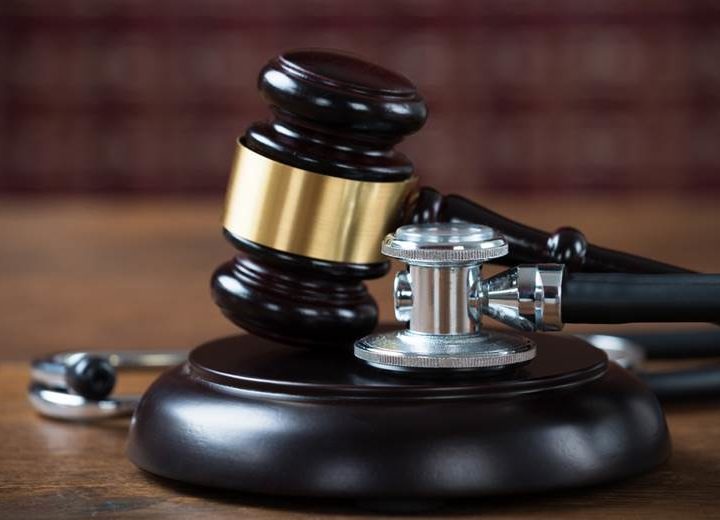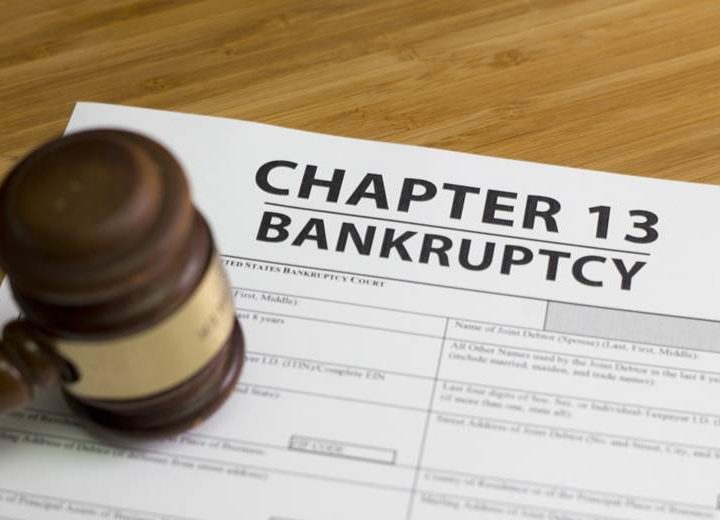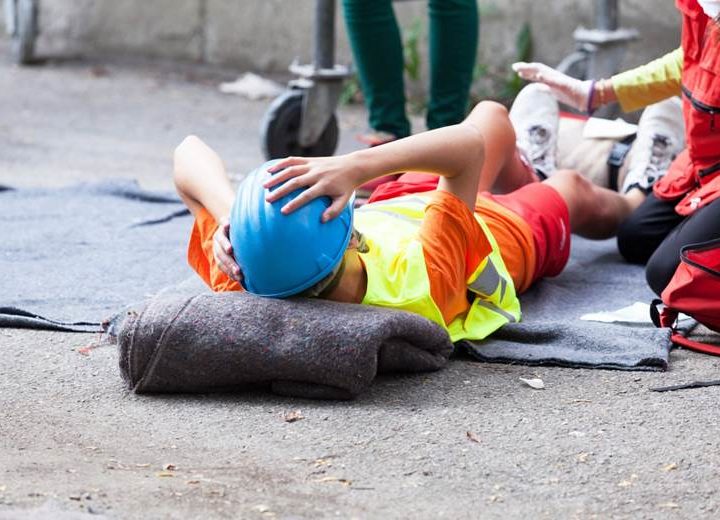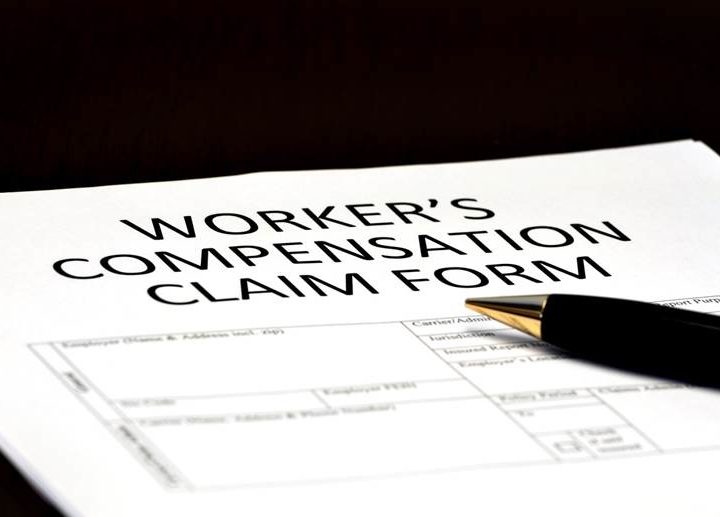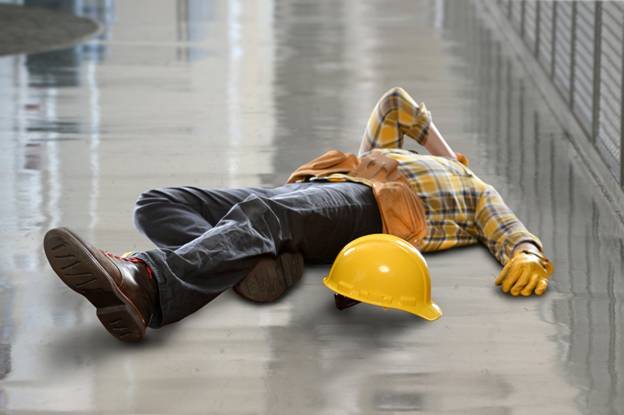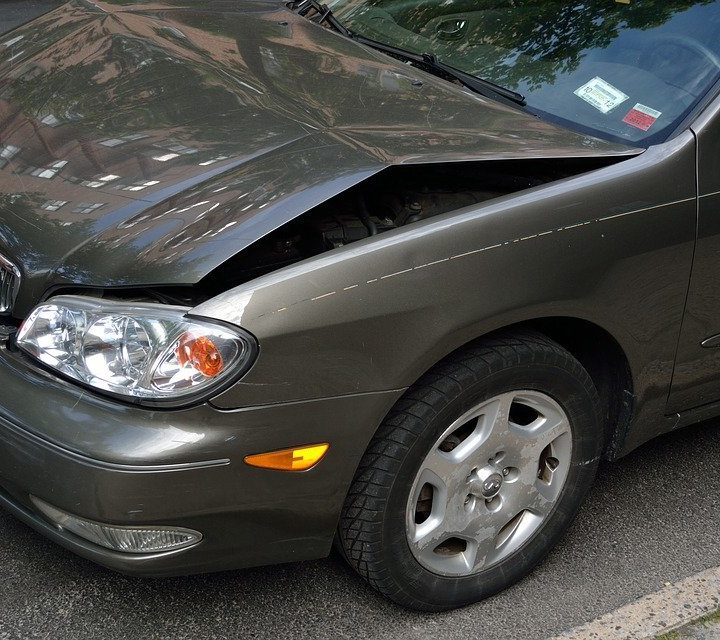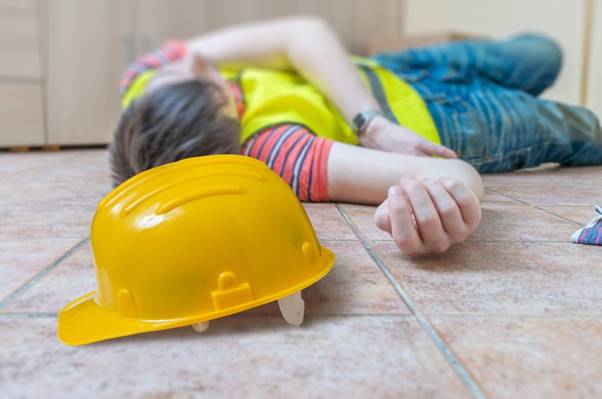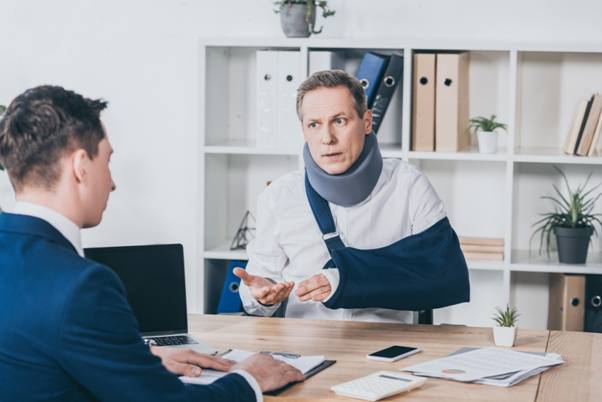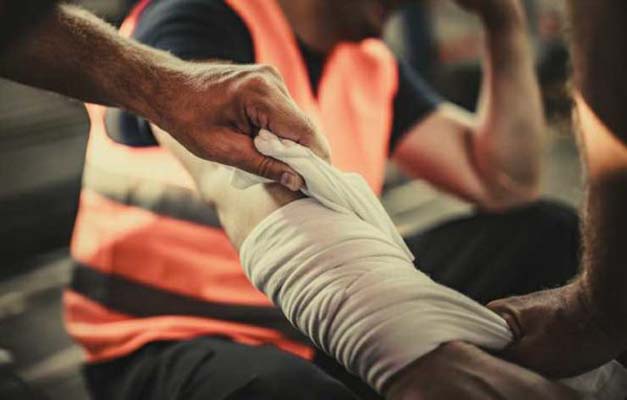Introduction
In the wake of a workplace accident, rebuilding your life can seem like an overwhelming task. The physical, emotional, and financial toll can leave you feeling lost and uncertain about the future. However, with the right support and resources, it is possible to navigate this challenging period and emerge stronger than ever.
Define the Issue
A workplace accident refers to any incident that occurs while on the job, resulting in injury or illness to the employee. These accidents can range from minor slips and falls to serious incidents involving machinery or hazardous materials.
Relevance and Importance
Workplace accidents not only impact the injured employee but also their families, coworkers, and employers. They can lead to medical expenses, lost wages, and long-term disabilities, affecting the individual’s quality of life and financial stability. Addressing the aftermath of these accidents is crucial for ensuring the well-being of everyone involved.
Types and Categories
Workplace accidents can be classified into various categories based on their nature and severity.
Slips, Trips, and Falls
One of the most common types of workplace accidents, slips, trips, and falls can occur due to wet floors, uneven surfaces, or cluttered walkways.
Machinery Accidents
Accidents involving machinery, such as crushing injuries or amputations, often occur in industrial settings where heavy equipment is used.
Transportation Incidents
Workers who operate vehicles or machinery as part of their job may be at risk of transportation-related accidents, including collisions and rollovers.
Exposure to Hazardous Materials
Employees working with chemicals, gases, or other hazardous materials may experience accidents such as chemical burns or respiratory issues.
Overexertion and Musculoskeletal Injuries
Repetitive motions, lifting heavy objects, or working in awkward positions can lead to overexertion injuries and musculoskeletal disorders.
Symptoms and Signs
Recognizing the symptoms of workplace injuries is essential for prompt medical intervention and treatment.
Physical Symptoms
Physical symptoms may include pain, swelling, bruising, stiffness, difficulty moving, or visible injuries like cuts or lacerations.
Psychological Symptoms
In addition to physical injuries, workplace accidents can also cause psychological distress, including anxiety, depression, PTSD, or fear of returning to work.
Delayed Symptoms
Some injuries may not manifest immediately after the accident but develop over time, such as chronic pain or psychological trauma.
Causes and Risk Factors
Understanding the root causes of workplace accidents can help identify risk factors and implement preventive measures.
Human Error
Human error, such as lack of training, fatigue, distraction, or negligence, is a leading cause of workplace accidents.
Unsafe Work Environment
Poorly maintained equipment, inadequate safety protocols, or failure to comply with regulations can create hazardous work environments.
Workplace Culture
A culture that prioritizes productivity over safety or discourages reporting of injuries can contribute to higher accident rates.
External Factors
External factors like weather conditions, natural disasters, or unexpected events can also increase the risk of workplace accidents.
Diagnosis and Tests
Prompt and accurate diagnosis is crucial for determining the extent of injuries and developing a treatment plan.
Medical Evaluation
Following a workplace accident, injured employees should undergo a comprehensive medical evaluation by a qualified healthcare provider.
Diagnostic Tests
Depending on the nature of the injury, diagnostic tests such as X-rays, MRIs, CT scans, blood tests, or neurological assessments may be necessary.
Occupational Health Assessment
An occupational health assessment may be conducted to evaluate the impact of the injury on the individual’s ability to perform job-related tasks.
Treatment Options
Treatment for workplace injuries may vary depending on the type and severity of the condition.
First Aid and Immediate Care
Immediate first aid measures should be administered at the scene of the accident to stabilize the injured individual and prevent further harm.
Medical Interventions
Medical treatments such as surgeries, medications, physical therapy, or rehabilitation programs may be recommended to aid in recovery.
Psychological Support
In addition to physical injuries, psychological support and counseling may be necessary to address trauma, anxiety, or depression.
Preventive Measures
Preventing workplace accidents requires a proactive approach to safety and risk management.
Safety Training and Education
Providing comprehensive safety training and ongoing education for employees can increase awareness and promote safe work practices.
Hazard Assessments
Regular assessments of workplace hazards and risks can help identify potential dangers and implement preventive measures.
Safety Equipment
Ensuring access to appropriate safety equipment, such as personal protective gear, guards, or barriers, can minimize the risk of injuries.
Reporting and Investigation
Establishing protocols for reporting accidents and conducting thorough investigations can identify underlying causes and prevent future incidents.
Personal Stories or Case Studies
Real-life stories of individuals who have experienced workplace accidents can offer insights and inspiration for others facing similar challenges.
John’s Story: Overcoming Adversity
After suffering a debilitating injury in a workplace accident, John was unsure if he would ever walk again. With determination and support from his family and medical team, he underwent extensive rehabilitation and successfully regained mobility.
Maria’s Journey to Recovery
Maria’s life was forever changed when she was involved in a transportation accident while on duty. Despite facing numerous setbacks, she remained resilient and focused on her rehabilitation goals, eventually returning to work with a renewed sense of purpose.
Expert Insights
Medical professionals and safety experts offer valuable insights and advice for preventing and managing workplace accidents.
Dr. Smith, Orthopedic Surgeon
“Early intervention and comprehensive rehabilitation are key components of successful recovery for individuals injured in workplace accidents. By addressing both the physical and psychological aspects of injuries, we can help patients achieve optimal outcomes.”
Sarah, Occupational Health Specialist
“Creating a culture of safety requires commitment from employers and employees alike. By fostering open communication, promoting safety awareness, and investing in training and resources, workplaces can minimize the risk of accidents and protect their most valuable asset—their employees.”
Conclusion
Rebuilding your life after a workplace accident is a journey that requires courage, resilience, and support. By understanding the causes of accidents, seeking prompt medical care, and implementing preventive measures, you can take control of your recovery and move forward with confidence.













